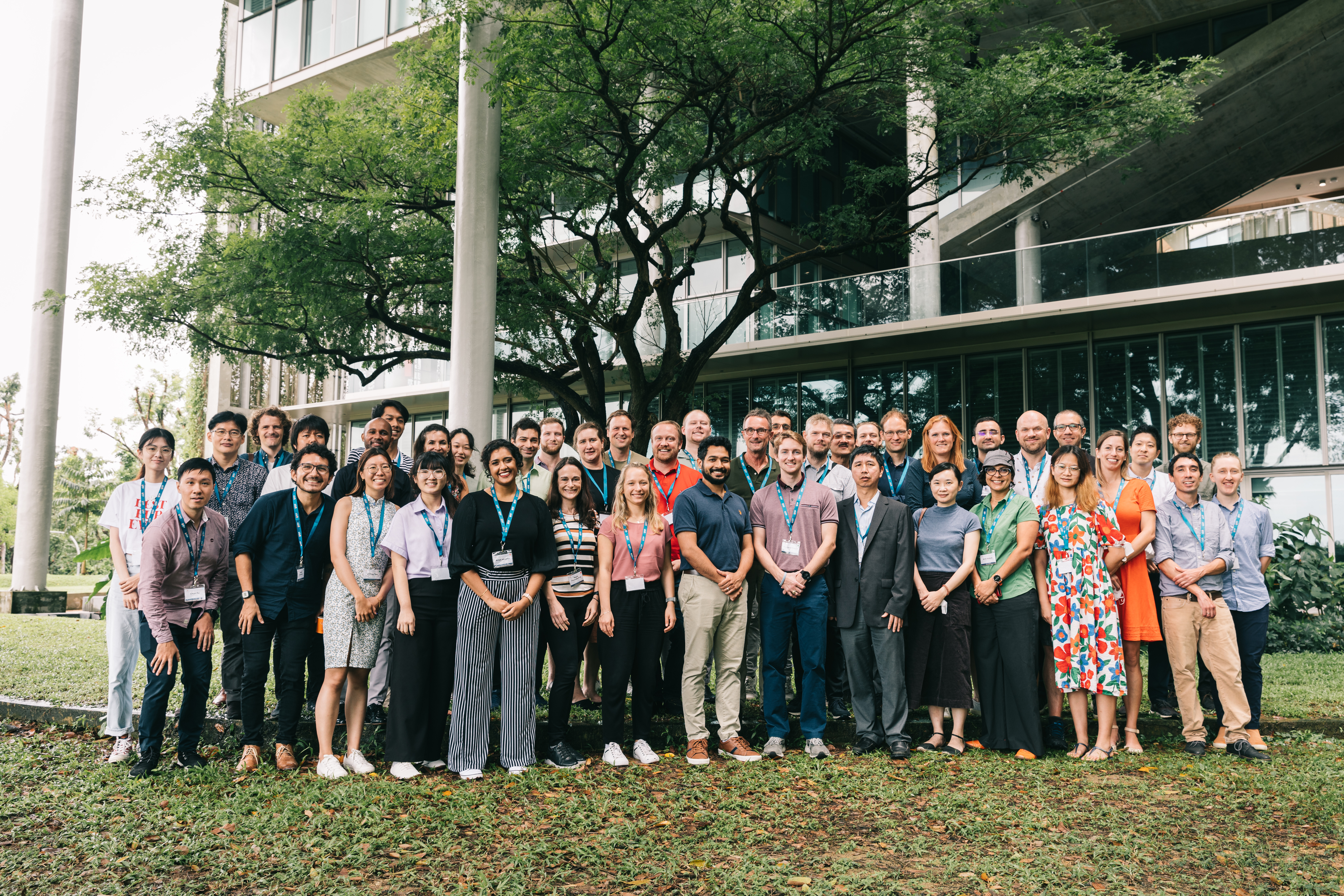As building envelopes and mechanical and electrical equipment become more efficient, the impact of occupants on building energy increases. Meanwhile trends in teleworking, co-working, and home-sharing mean vastly different occupancy than the standard occupancy schedules. Finally, global expectations for comfort are increasing, while a variety of new technologies may or may not succeed in meeting this demand. The convergence of these trends has necessitated a new look at how occupants are incorporated into building design and operation practice throughout the building life-cycle.
The field of occupant modelling emerged over four decades ago; however, it has surged in the past decade – particularly as a result of IEA EBC Annex 66 – “Simulation and Definition of Occupant Behaviour in Buildings”. Annex 66 played an important role in formalizing experimental research methods, modeling and model validation, and occupant simulation. Given the number of unanswered questions about occupant comfort and behaviour and minimal penetration of advanced occupant modelling into practice, this follow-up Annex 79 - “Occupant-centric building design and operation”, explores these issues while also focusing on application and knowledge transfer to practitioners.
The final report and deliverables for Annex 79 can be downloaded here.





